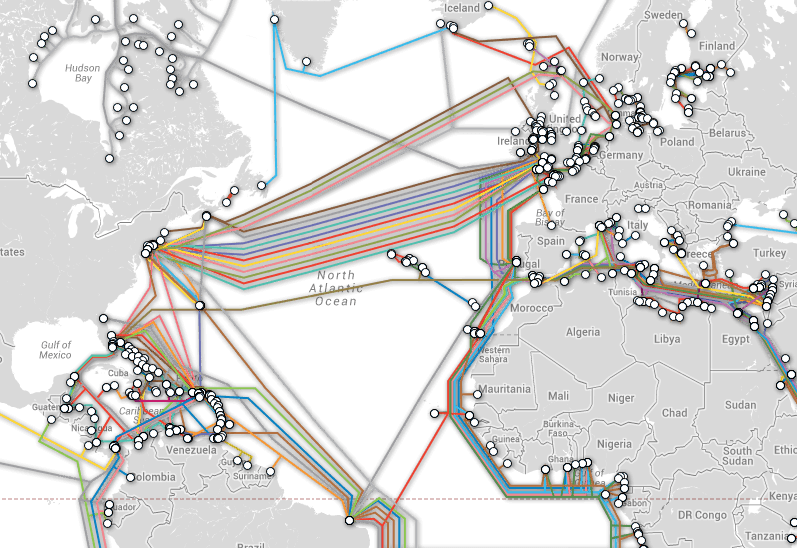With further ASA bans on ads under the gender stereotyping rules, the industry has been led to question the impact on future creative work and the role of brands and agencies alike in instigating change. Whether you agree or disagree with the recent rulings, there is no doubt that the decisions have created a conversation beyond the advertising industry alone – one which will influence all brands in future. Writes Senior Strategist at Mullenlowe London, Fran Griffin.
June 2019. The ASA’s new rules against gender stereotyping are officially enforced. They’re designed to ‘reflect the changing standards in society’ [ASA, Ella Smillie] - which, on reflection, we as an industry seemed to be onboard with. It was widely acknowledged as a necessary enforcement; when it comes to gender, those ‘changing standards’ include widespread action to counter the negative impacts of stereotyping and inequality that we see every day. The fight for equal pay, equal parental leave rights, equal growth opportunities. Why would the work itself not also be made accountable for potentially contributing to the divide?
It was an active proposition. Perhaps the country’s current inability to enforce action of any kind blinded us to the possibility of immediate change. Expectations aside, just two months after the rule enforcement the first bans were made. One on the grounds of positioning men as shit parents, the other for inferring that women are more suited to sitting on benches with babies than working for NASA. The reaction was predictably enormous, and it quickly became apparent that for a variety of reasons the bans were viewed by many as ‘oversensitive’. The ads were Clearcast approved, and the brands themselves had actively attempted to emphasise equal representation - Mondelez responded stating they had deliberately chosen to show two dads to avoid stereotypically depicting women as default childcare providers. Despite controversy the decision stood, and the ‘snowflake’ debate on sensitivity grew.
Right or wrong on that occasion, the rule exists to ensure that advertising is at least non-damaging in its influence and doesn’t act to further promote gender stereotypes. And on such a divisive subject, it’s worth reverting to the source of the fundamental issue - that people have different opinions, and rarely agree on what a ‘damaging influence’ really is.

The Philadelphia cheese advert showed children being left on a restaurant conveyor belt
That’s not to say that differing opinions should be silenced – quite the opposite. Let’s go back to the basics of human behaviour. To paraphrase Yuval Noah Harari, our cognitive ability to disagree with one another is a key reason why humans dominate the earth. Our ancestors formed tribes based on shared beliefs in common myths, surviving by either defeating or simply staying away from tribes with opposing views. Our ability to imagine, to create, to gossip, and to form opinions defined our species. Our disagreements are not, and should not be, avoidable - but when defeating or running away is not a truth relevant to the world we live in today, the importance of learning to acknowledge and deal with the opinions of others is highlighted.

In the Volkswagen ad, a woman is shown sitting by a stroller.
The rise of the internet,
listed by Morgan Housel as one of the most important forces shaping the entire world, means that we are no longer distanced from other tribes – so we can no longer disagree as easily without consequence. We see everything, read everything, have opinions on everything. We have lost the luxury of separation. The sheer availability and transparency of information has re-shaped how opinions are built and how behaviours are formed.

Recently Twitter has actively banned all paid political media in an attempt to limit the spread of ‘misinformation’ (to put it politely). They have correctly acted on the fact that the impact of media on consumers is extremely influential - and considering the exposure to media in the general population, that impact can indeed be extremely ‘damaging’ if used incorrectly.
Back to the point. Enter youth sexuality and fast fashion.
The next set of bans were made in October - both on the grounds of objectifying young women in an ‘overly-sexualised way’. Think gyrating on beaches and posing on motorbikes in barely-there bikinis. The wider implication was that the ads hold the power to influence a young, likely underage audience to feel pressured into adhering to the behaviour they’re seeing. The backlash? Though not as extreme as Philadelphia-gate, there was a huge response in favour of the ads. The ASA’s rulings again deemed to be too ‘sensitive’. After all, it’s very normal for the category to show a lot of skin – why is it suddenly a negative influence?

Missguided, supplied by ASA
Let’s be clear. It’s a bit lazy. In an era of female empowerment and independence, there is so much more to say to uphold those values than an overly sexualised stereotype. The stricter guidelines are proof that times are changing, and previously accepted category norms are not necessary future-proof. Brands have an enormous power of influence, which naturally shapes and builds culture. When it comes to categories such as fashion, and demographics such as young teens, this influence is particularly present. There is a choice to make: adhere to ‘category norms’ and risk dividing your audience through use of harmful stereotypes, or use the influence for good and contribute to a relevant and progressive culture which genuinely resonates with people.
Not every piece of creative has to scream liberation.
But this is not an issue to be avoided, and it is not an issue that is going to disappear. It must be worked with, becoming part of the conversation and part of the process, if we are to progress as an industry. This must be treated as a creative opportunity; anti-stereotyping allows us to genuinely represent what people want to see and ultimately aspire to be.
Whether it’s including gender stereotyping guidelines in casting, exploring new ways to connect to audiences outside existing assumptions, hiring new talent to specifically implement change – is our responsibility to adapt to reflect the values expected of us.
This article was taken from issue 3 of Marketing Society members-only publication EMPOWER. Find out more here and see past articles here (please note some articles are open to the public and some are for members only.)
